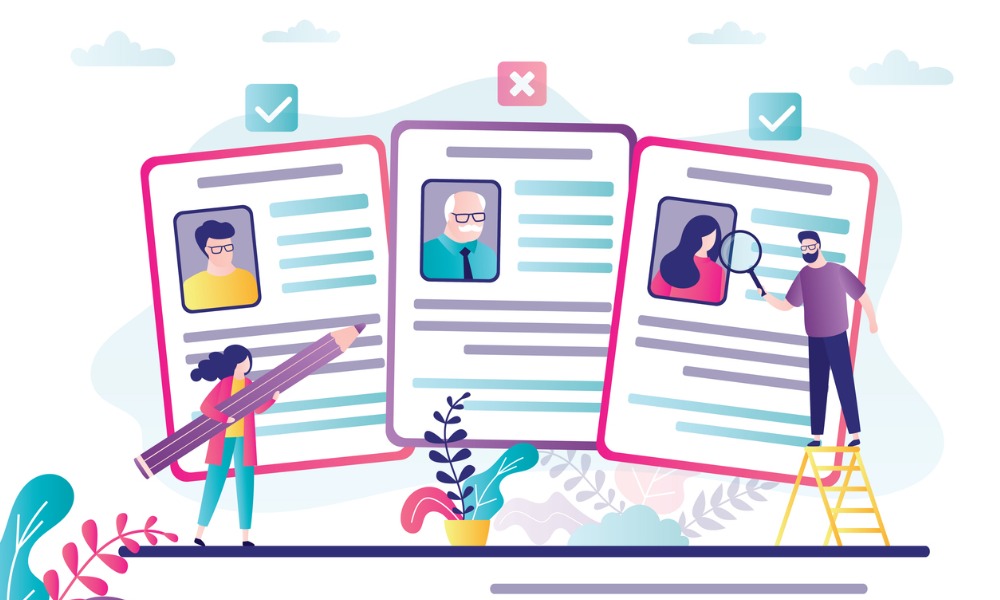A corporate culture can say much about employee health, safety and wellbeing. Carole Goldsmith talks with National Australia Bank (NAB) and IBM, Australia & New Zealand (A&NZ) about cultural transformation and changing the behaviour of employees and managers
A corporate culture can say much about employee health, safety and wellbeing. Carole Goldsmith talks with National Australia Bank and IBM, Australia & New Zealand, about cultural transformation and changing the behaviour of employees and managers
For both National Australia Bank (NAB) and IBM, Australia & New Zealand, ongoing improved health and safety for employees is a common goal. NAB employs around 25,000 people in Australia and 40,000 globally. IBM has around 11,000 employees in Australia & New Zealand and employs 300,000 worldwide.
“Culture and behaviour have changed from OHS responsibilities appearing to reside in the OHS team, to responsibilities being recognised by every employee and manager,” says Taggart Lidbury, global wellbeing services manager, IBM, Australia & New Zealand. “This has been achieved by continuous communication, consultation and training.”
Changes for the organisation
IBM has changed over the years from being just a traditional hardware and distribution company to a services and consulting organisation as well. Now many people are working on customer sites rather than in a traditional office environment.
“This has significantly changed our OHS risks and how we address them. Instead of a site-based OHS inspection approach, we have moved to more of a systems approach over the past six years, to ensure that OHS issues are being addressed. These are less dependent on direct supervision of employees,” Lidbury says.
“By implementing a systems approach, we have been able to significantly reduce the risks of some of the specific higher risk areas, such as computer maintenance.”
IBM employees working from home need to complete a risk assessment and submit this to their manager. If any OHS issues arise, employees can request an OHS team member to review their home office. “Many of our policies and procedures, such as those for reporting injuries, remain exactly the same, regardless of where employees are physically located. They can access the same electronic tools from their home offices,” Lidbury says.
Every IBM manager has OHS training as part of new manager training. As well as an OHS induction, all employees and managers participate in regular safety review groups.
NAB’s new OHS identity
Paul Gilmer, head of health & safety in NAB’speople and organisational development team, says an opportunity to develop a new OHS strategy and management framework arose as part of the extensive cultural transformation program NAB is currently engaged in.
“This is mainly driven by a shared set of organisational principles, beliefs and values in which all employees, including leadership groups, are expected to demonstrate appropriate behaviours in their daily work dealings and activities,” he says.
“Employee health, safety and wellbeing is viewed as an important component of the cultural change program. NAB leaders and employees can display visible and genuine behaviours to influence improved health and safety outcomes and regard for employees.”
With this in mind, Starsafety was born in October 2006. Two years in the making, it provides a focus for injury prevention with the mantra that “injuries are no accident and all injuries are preventable”.
“Starsafety aims to establish an internal mindset that employees being injured as a result of work are not viewed as an unfortunate by-product of the work environment but as really unacceptable to our organisation,” Gilmer says.
This new identity for OHS, in the form of a Starsafety logo and business strategy, aligns OHS to NAB’s corporate brand, principles and its values, he adds. “Starsafety will evolve further as we continue to improve OHS management systems, training and compliance standards.”
Starsafety is built upon five pillars: leadership and commitment; effective risk management; consultation and communication; increased knowledge and skills; and employee wellbeing.
Every employee has a vital role to play in ensuring the acceptance and ultimate success of Starsafety, Gilmer says. They are supported by improved management systems, training programs, consultation forums and leadership. The program rollout is assisted by NAB’s internal health and safety team.
Benefits of Starsafety
There have been a number of benefits as a result of Starsafety, including a 30 per cent drop in new workers’ compensation claims since 2005, and a fall in the lost time injury frequency by more than 40 per cent. This figure dropped from 5.1 (when the program was rolled out two years ago) to a current 2.9, resulting in tangible cost savings. NAB has set a target to have a lost time injury frequency rate of two or less by September 2008.
Derived or anticipated benefits include increased levels of employee engagement and retention, improved customer experience through employee interactions, increases in employee morale and productivity and community perceptions, and a reputation as a socially responsible employer.
Benefits of OHS management at IBM A&NZ
The overall OHS management system is essential in helping to reduce costs at IBM A&NZ, according to Lidbury. “Directly, these would include our workers compensation premium costs, particularly with the new formulas being used in New South Wales, but most importantly, it helps us ensure we have healthy and productive employees. This is extremely important in a skill short environment,” he says.
“In addition, our clients demand that we demonstrate good OHS performance and take our good standing on all corporate responsibility measures very seriously.”
Driving OHS change
Paul Gilmer, head of health & safety for NAB’s people and organisational development team, provides the following tips for driving OHS in a changing organisation.
• It must have leadership endorsement and active support
• It must be relevant, related to and contribute to overall business objectives
• The management system must be easy to understand with simple policies, processes and tools in place for end users
• Continued effective and meaningful consultation and communication must allow all parties to have input
• It must be flexible to fit with organisational dynamics – contribute positively to change programs
• Persistence and patience to overcome barriers and belief in the value of the product is needed








